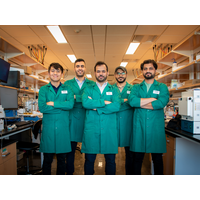
UH Researchers Developing Electrochemical Oceanic Carbon Capture Technology
A team of scientists at the University of Houston (UH) led by Mim Rahimi, assistant professor of environmental engineering at UH’s Cullen College of Engineering, are developing a negative emissions technology called electrochemical direct ocean capture (eDOC), which helps the ocean cleanse itself of harmful carbon dioxide.Funded by a $250,000 grant from the US Department of Energy, Rahimi and his team are working to create electrochemical tubes to remove dissolved inorganic carbon from synthetic seawater. Preliminary research on the project was sponsored by UH Energy’s Center for
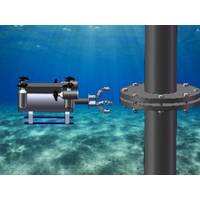
UH Aims to Develop Subsea Pipeline Inspection Autonomous Robot
University of Houston researchers are developing an autonomous robot to identify potential pipeline leaks and structural failures during subsea inspections. The technology will aim to make the inspection process safer and more cost effective.From 1964 through 2015, a total of 514 offshore pipeline–related oil spills were recorded, 20 of which incurred spill volumes of more than 1,000 barrels, according to the Bureau of Ocean Energy Management.The SmartTouch technology now in development at UH consists of ROVs equipped with multiple stress wave-based smart touch sensors, video cameras

New Algorithm Could Simplify Decisions for Ship Channel Dredging
faces the mighty task of dredging. How do they make the wisest decisions with the best timing?“The quandary involves weighing factors for the optimal decision of channel dredging and disposal activities,” said Zheyong Bian, assistant professor of construction management at the University of Houston College of Technology. “Some factors are static, like geographical features of navigation channels and confined disposal facilities. Others vary substantially, such as navigability condition deterioration (shoaling), traffic, economic values, annual budget and more.”Bian, then
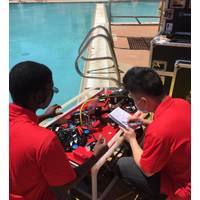
Tech Files: SmartTouch Helps Detect Oil Pipe Flange Leaks
A breakthrough in leak risk detection at oil pipe flanges comes from research by the University of Houston using a Saab Seaeye Falcon robot as a development platform.Called SmartTouch, the solution involves integrating innovative robotic manipulator controls into the Falcon that provide multiple stress wave sensors for touch-based inspection of bolted joints, along with the latest structural health monitoring and inspection technologies. Video cameras and scanning sonars are also integrated into the system.Finding a time-efficient and cost-effective robotic solution to identifying flanges at risk was
Maritime Risk Symposium: Registration is Now Open
The University of Houston’s College of Technology will host the 12th Annual Maritime Risk Symposium, a virtual event, in collaboration with the National Academy of Sciences from November 1-5, 2021.The Maritime Risk Symposium is an annual conference in which government and maritime industry leaders, port representatives, researchers, and solution providers convene to examine current and emerging threats to maritime security.RegistrationRegistration for this year’s virtual Maritime Risk Symposium has been reduced to $50 per person. Registrants will receive a personalized code to participate
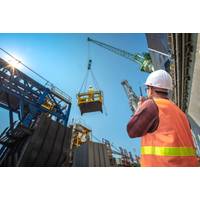
"Early Bird" Registration for 2021 Maritime Risk Symposium ends soon
The University of Houston’s College of Technology will host the 12th Annual Maritime Risk Symposium (MRS 2021), in collaboration with the National Academy of Sciences, from November 2-4, 2021, at the at the University of Houston’s Student Center-South.The Maritime Risk Symposium is an annual three-day conference in which government and maritime industry leaders, port representatives, researchers, and solution providers convene to examine current and emerging threats to maritime security. Through presentations, panels, and open forums, the 2021 Maritime Risk Symposium will be organized into
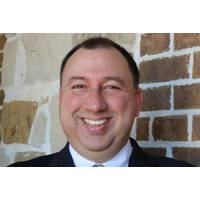
Roan Joins IMCA in North America
of the U.S. Coast Guard’s National Offshore Safety Advisory Committee where he chaired several subcommittees that provided industry input for future USCG regulations. He holds a BS in Marine Transportation from the U.S. Merchant Marine Academy in King’s Point, N.Y. and an MBA from Rice University in Houston
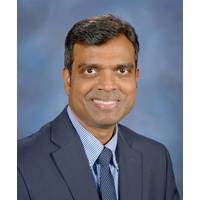
Kondapi Named Subsea Director at Texas A&M
;M University as the director for subsea engineering. Kondapi brings to the position more than 20 years of experience in the industry with FMC Technologies and KBR, where he focused on engineering and consulting projects worldwide. As the KBR Adjunct Professor of Subsea Engineering at the University of Houston, he helped develop the first subsea engineering program in the United States. “We are very pleased to have Dr. Kondapi join Texas A&M’s subsea engineering program as director,” said Dr. Kristi Shryock, executive director of interdisciplinary engineering
Scientists Produce Data from Largest Single Volcano
magnetic measurements to better understand how such a large volcano was formed. The rocks of the giant volcano record the Earth’s magnetic field at the time they were erupted, giving scientists clues about the timing and process of eruption. The science team aboard R/V Falkor led by University of Houston marine geophysicist Dr. William Sager, were able to gather an immense amount of data, and already have some very interesting findings. Dr. Sager thinks that they may have found another mountain on the west end of the volcano that could have formed at the same time as Tamu Massif. “One


 February 2025
February 2025





